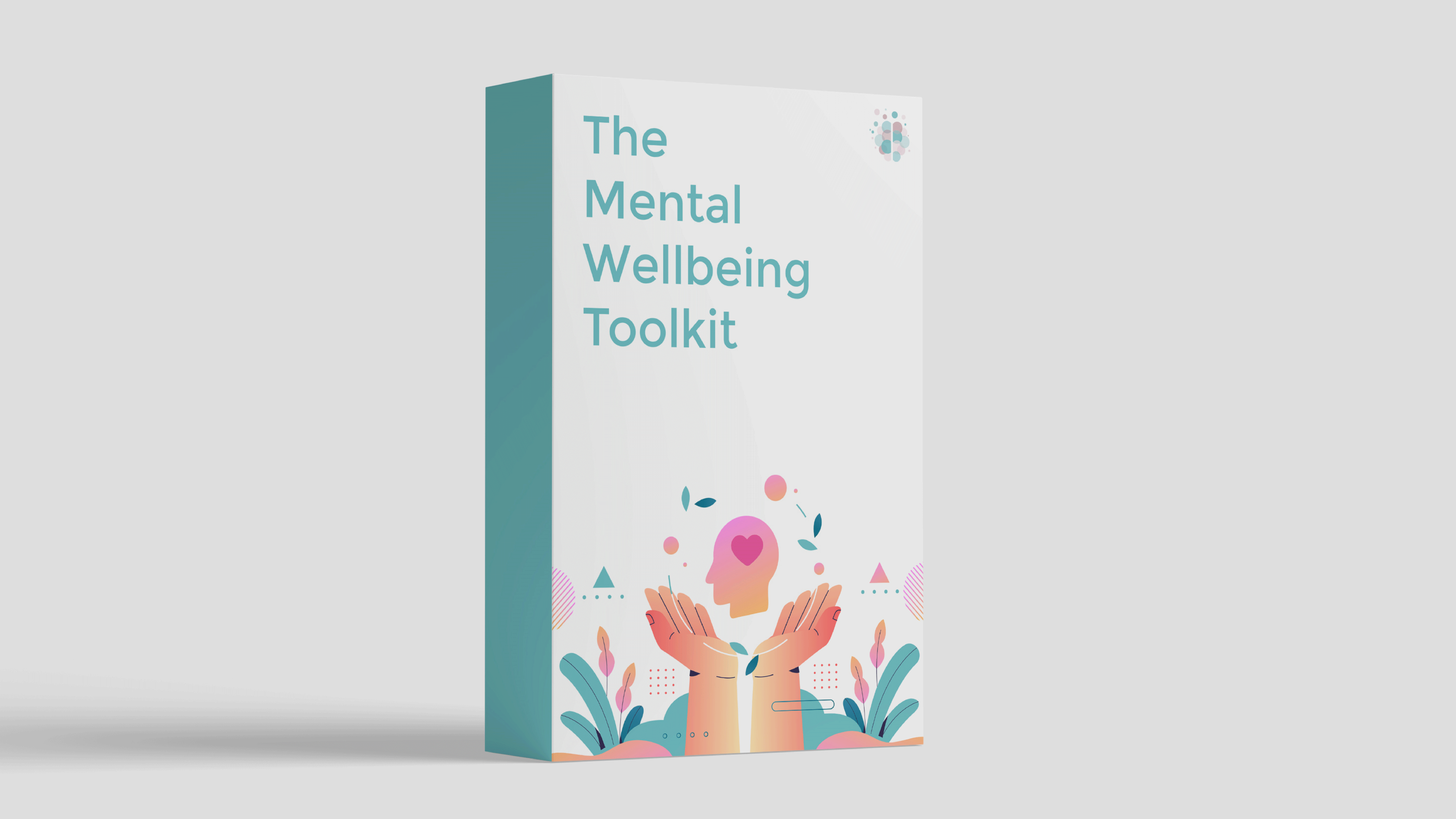In short, yes, it can. Read on to learn about the link between anxiety and chest pain, and ways to cope.
Chest Pain Is a Panic Attack Symptom
Some people experience chest pain when they're experiencing anxiety. It's most common for chest pain to occur during a panic attack.
A panic attack is a sudden surge of anxiety that is distinct from generalized anxiety. According to the DSM-5, a panic attack includes at least four or more of the following symptoms:
- Chest pain or discomfort
- Pounding heart
- Sweating
- Trembling or shaking
- Shortness of breath
- Feelings of choking
- Nausea or stomach pain
- Feeling dizzy, unsteady, light-headed, or faint
- Chills and heat sensations
- Numbness and/or tingling
- Derealization (feelings of unreality)
- Depersonalization (feeling detached from yourself)
- Fear of losing control, “going crazy,” or dying
Chest Pain is Not Necessarily a Sign of a Heart Attack
Many people panic when they experience chest pain because they've heard it's a symptom of a heart attack.
While that is true, there are other sources of chest pain. Anxiety is one of them. This is definitely an inconvenient coincidence. Of course, thinking you may be having a heart attack increases anxiety, and makes it harder to control the panic symptoms.
Heart attacks and panic attacks share other symptoms besides just chest pain. They can both cause shortness of breath, nausea, fatigue, and a cold sweat. High levels of stress can be a precursor to both heart attacks and panic attacks.
How Does Anxiety Cause Chest Pain?
Anxiety can lead to muscle tension throughout the body, including the chest muscles. Prolonged tension in these muscles can result in discomfort or pain in the chest area.
Hyperventilation is another cause. When we're anxious or experiencing a panic attack, our breathing speeds up. This can cause a decrease in carbon dioxide levels in the blood, leading to symptoms such as chest tightness or pain.
How Can I Tell if I’m Having a Heart Attack or a Panic Attack?
First, examine the following high risk factors for heart attacks, as identified in the linked article by Dr. Kabir Sethi:
- Advanced age
- High cholesterol levels
- Diabetes
- History of heart attacks in your family
- Heart surgery
- High blood pressure
- Tobacco use
- Obesity
- High levels of stress
If only one or two of these risk factors describe you, it is more likely that you are having a panic attack than a heart attack (of course, this is a generalization, not a guarantee).
Another major difference is that in a heart attack, chest pain may radiate out to the arms, which is not necessarily the case during a panic attack. Note that this specific symptom is more common in men having heart attacks than women. Women may be more likely to experience pain in the jaw and back during a heart attack, which are not common symptoms of panic attacks.
4 Ways to Cope During a Panic Attack
1. Repeat These Phrases
Use anxiety coping statements either in your head or out loud:
- This is temporary
- I’m okay
- I’m safe
- My body is just responding to my anxiety
- Anything else that feels comforting to hear
2. Breathing Techniques
Take five slow, gentle breaths, in and out of your nose. See how slow you can go. Try to make your exhale last longer than your inhale.
A simple technique you can also try is breathing in to the count of 4, pausing for 6, and exhaling for 8.
3. Grounding Techniques
Place your feet flat on the floor. When your mind wanders, bring it back to noticing where your body is making contact with the ground and furniture. Notice the feeling of being held up and supported.
Observe 5 things you see, 4 things you hear, 3 things you feel, 2 things you smell, and 1 thing you taste.
Experiment with different grounding techniques and discover what works best for you.
4. Distraction
- Count backwards from 100 by 7’s
- Take a hot or cold shower
- Go for a jog or run
- Try progressive muscle relaxation
Strategies for Long-Term Anxiety Reduction
Continue practicing the techniques that help you on a daily basis – even on days when you aren’t anxious or having a panic attack. It can be hard to remember what to do during a panic attack. The more familiar you are with the coping skills that work, the more likely you are to remember them when you need them!
Also, repetition of these skills during calm moments will help your brain and body associate the skills with feeling calm. If you only use them during panic attacks, your body will associate them with anxiety, and they may not be as effective.
Remember that regular physical activity, such as walking, jogging, or yoga, can help reduce your anxiety levels and alleviate muscle tension. Applying a warm compress to your chest or taking a warm bath can also help relax your muscles and soothe any tension-related discomfort.
To put a personalised plan together for coping with anxiety, check out The Mental Wellbeing Toolkit. If your panic attacks persist despite your consistent use of coping skills, you may want to see a therapist or prescriber of anxiety medications as well.
Self-Guided Support for Anxiety and Low Mood
Research shows that self-help materials are often enough for people to overcome mild to moderate mental health difficulties without professional support.
If you’re interested in a self-guided program that includes tools from CBT, DBT, ACT and more, be sure to check out The Mental Wellbeing Toolkit. It's "like 10 therapy sessions in one."

About Rebecca
Rebecca Ogle, LCSW, is a Licensed Clinical Social worker and therapist in Chicago, IL.Rebecca provides therapy to people with anxiety, low self-esteem, and people pleasing tendencies. She uses a feminist and social justice lens, and interventions based in CBT, mindfulness, and motivational interviewing.
For helpful, free content, follow her on Instagram or go to her website.

